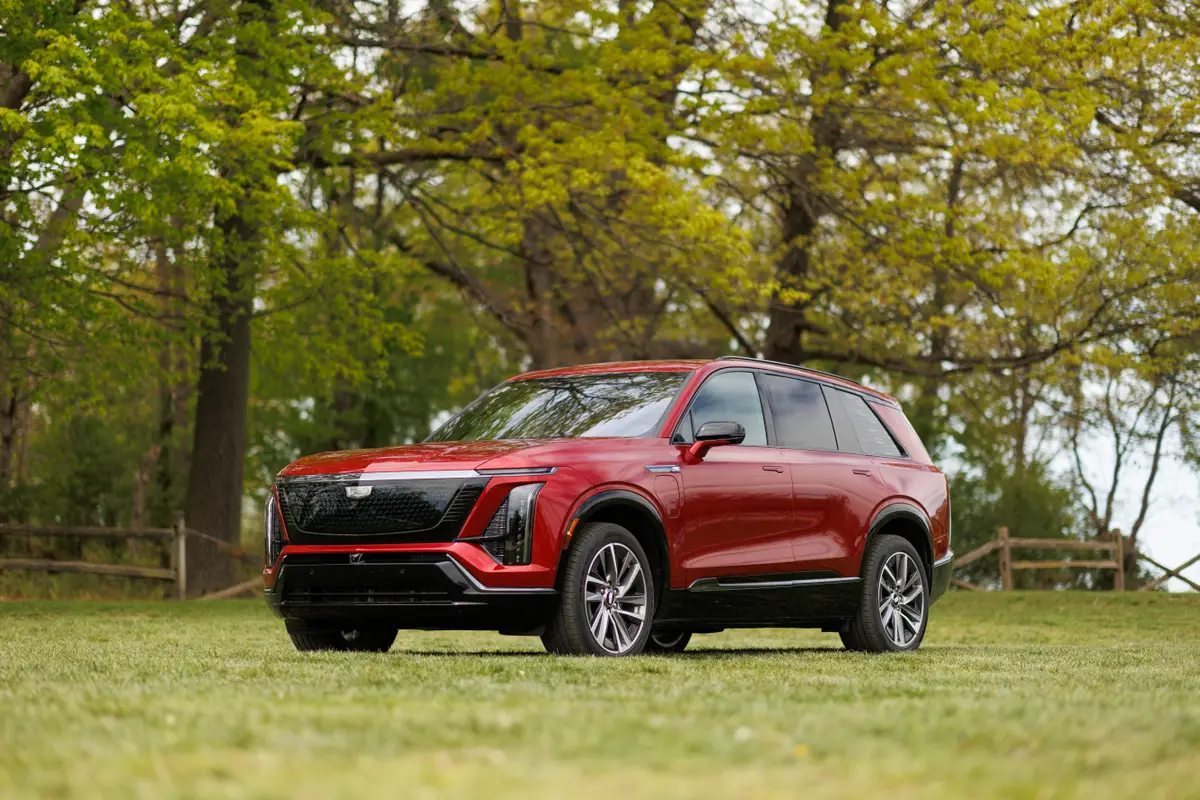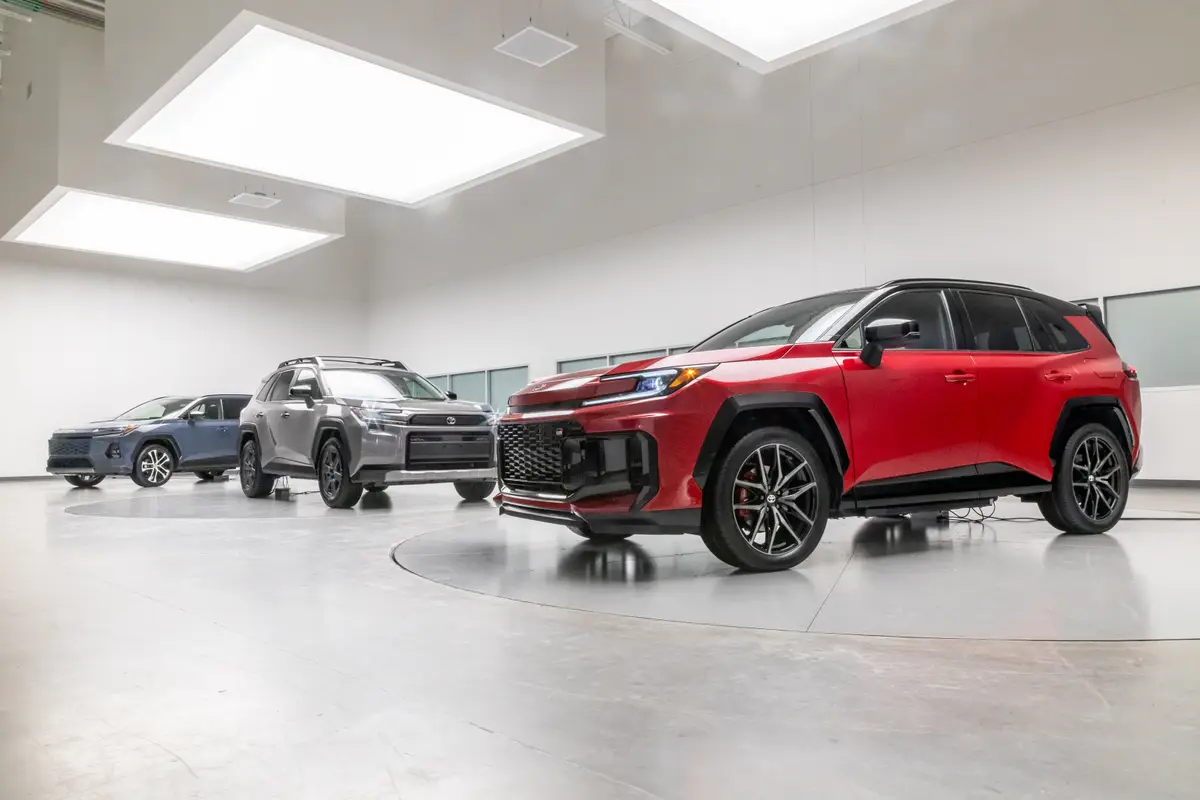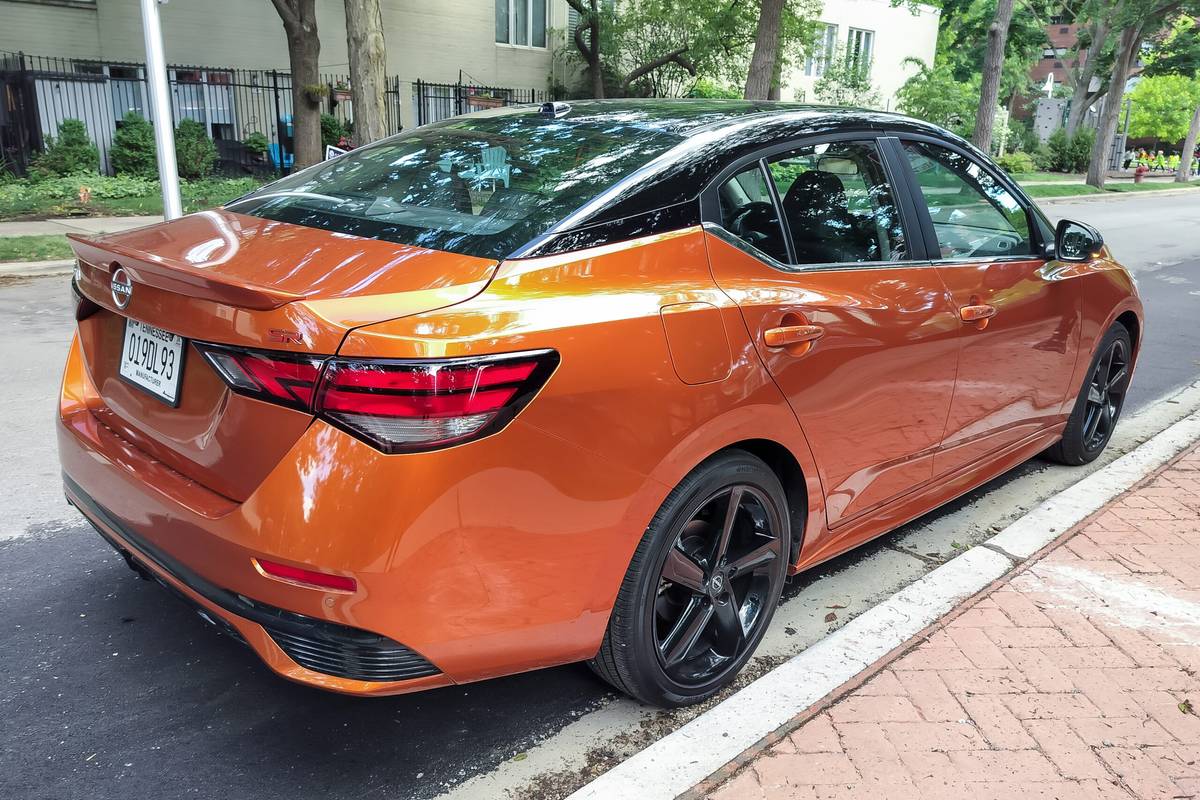2004 Toyota ECHO: What's New
Vehicle Overview
Introduced for the 2000 model year, Toyotas unconventional-looking two- and four-door subcompact cars rely on a low price to attract youthful buyers. Being different often pays off in the sales race, but this doesnt seem to be the case with the Echo. Sales have been respectable, but less than sensational.
Toyotas entry-level Echo slots below the automakers better-known Corolla in both size and price. Last years substantial face-lift included redesigned front and rear fascias, bumpers, grille, trunk lid, quarter panels, headlights and taillights. The vehicles overall length grew by 1.6 inches. New standard 14-inch wheel covers were installed, and 15-inch tires on steel wheels were available. There are no changes to the Echo for the 2004 model year.
Exterior
Most modern automobiles give the impression of riding low to the ground, but the Echo stands above the pack. Its unconventional styling results in a unique appearance, which has been a bit controversial. A low, sloping hood rises to a tall, upright windshield. Viewed in profile, the sedan looks a little like a conventional small car that was somehow squeezed together at both ends. The chrome slat grille contains horizontal elements.
At 59.4 inches tall, the front-wheel-drive Echo stands 2 inches higher than the Corolla. With an overall length of 164.8 inches, the Echo trails its older sibling by 13.5 inches. The Echos 93.3-inch wheelbase is also on the short side.
Interior
Even though the Echo is significantly shorter, it nearly matches the Corollas 88-cubic-foot interior volume, which is a credit to the taller stance. In fact, 6-footers get ample headroom in the upright front seats.
The Echos gauges are its most unusual feature. The instrument cluster sits atop the middle of the dashboard. Each gauge is angled toward but not directly in front of the driver. Toyota says this central location makes them easier to read, but it may take a little while to get used to the unusual position.
Bountiful storage space includes map pockets, three cupholders, twin glove boxes, a small shelf and two open in-dash bins. A deep trunk holds 13.6 cubic feet of cargo. An optional split rear seatback folds flat without removing the headrests. An optional Power Package includes power windows and locks.
Under the Hood
A 1.5-liter four-cylinder engine with variable valve technology produces 108 horsepower and mates with a standard five-speed-manual or optional four-speed-automatic transmission.
Safety
Daytime running lights are standard, and antilock brakes are optional. Side-impact airbags are not available.
Driving Impressions
The Echos engine output may be modest, but its acceleration is quite peppy. The manual gearbox creates a more spirited performance. The Echo feels a bit more vulnerable to wind gusts than some vehicles, but it handles in a competent manner and is easy to drive. Ride comfort is also satisfying but not necessarily ahead of competitors.
The Echos roominess may be the greatest benefit for most buyers. This car is rigorously functional and well designed, and it makes clever use of relatively small interior space.
Toyotas reputation for reliability and its attractive fuel economy help to enhance the Echos value. As for the central gauge cluster, some folks like it and others dont. The best bet is to try it out for a while before you decide to make a purchase.
| Reported by Jim Flammang for cars.com; Posted on 11/5/03 |
Featured stories

2026 Cadillac Vistiq Review: Luxuriously Normal



